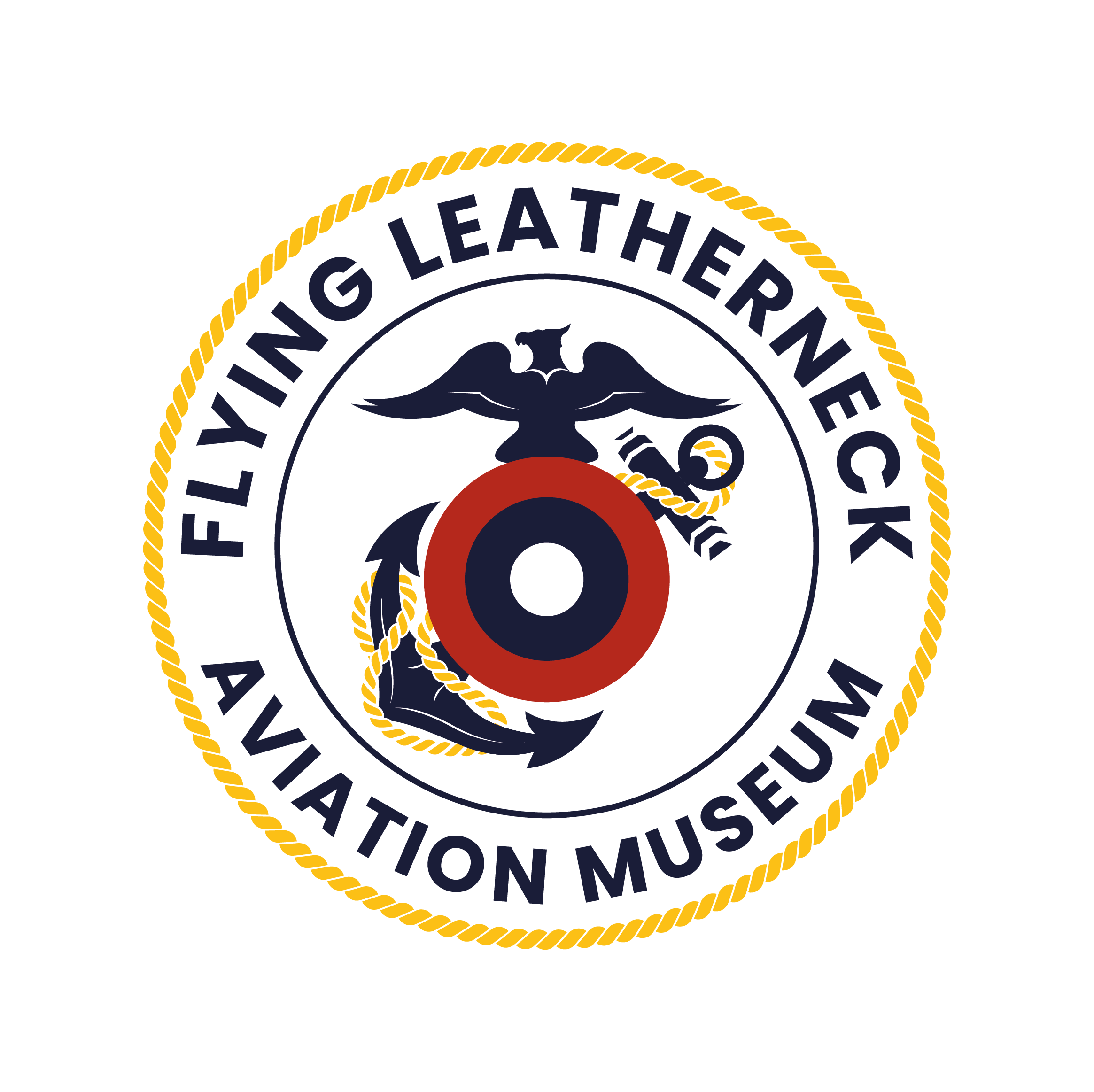UH-34
$1,100
Raised
3
Donations
$100,000
Goal
UH-34 Seahorse
The versatile and rugged UH-34 Seahorse, developed by Sikorsky, played a significant role in early rotary-wing aviation, serving in various military and civil capacities. It was a key aircraft for the U.S. Navy, Marine Corps, and several allied forces.
Key Facts:
- Service History: The UH-34 entered service in the late 1950s and was used extensively by the U.S. Navy, Marine Corps, and Coast Guard, as well as by several allied nations. It saw action in the Vietnam War, where it was utilized for troop transport, search and rescue missions, and medevac operations. The UH-34's reliability and versatility made it an invaluable asset in various operational roles. Its service extended into the 1970s before being gradually replaced by more modern helicopters.
- Design and Capabilities: The UH-34 is powered by a single Wright R-1820 radial engine, which provides a maximum speed of around 130 knots. It features a single main rotor and a tail rotor, with a design that emphasizes durability and performance in diverse conditions. The helicopter can carry up to 12 passengers or be configured for various mission roles, including cargo transport and medical evacuation. The UH-34's spacious cabin and rugged construction make it suitable for challenging environments and demanding tasks.
- Significance in Aviation History: The UH-34 Seahorse represents an essential development in helicopter design, offering a combination of reliability, versatility, and performance. Its role in military operations and its contributions to early rotary-wing aviation highlight its significance in the evolution of helicopter technology. The Seahorse's impact on various missions, including search and rescue, troop transport, and medevac, underscores its importance in the history of flight.
Importance of Restoration: Restoring the UH-34 Seahorse is crucial for preserving the legacy of an aircraft that played a key role in military and civil aviation. The Seahorse's contributions to various operational roles and its influence on helicopter design highlight its significance in aviation history. By restoring this aircraft, we honor the achievements of the pilots, engineers, and support personnel who operated and maintained the UH-34. A restored UH-34 Seahorse will serve as an educational resource, offering insights into the development of rotary-wing aircraft and their applications in military operations. It will also stand as a tribute to the enduring legacy of the Seahorse and its contributions to the advancement of helicopter technology.
Notice:
All donations received for this campaign will be used to support the designated project or initiative. In the event that funds raised exceed what is needed, or if circumstances prevent the completion of the campaign as described, remaining funds will be directed to the organization’s general fund to support our ongoing mission and programs.

Our donors
GH
GLENN HOM
donated
$100